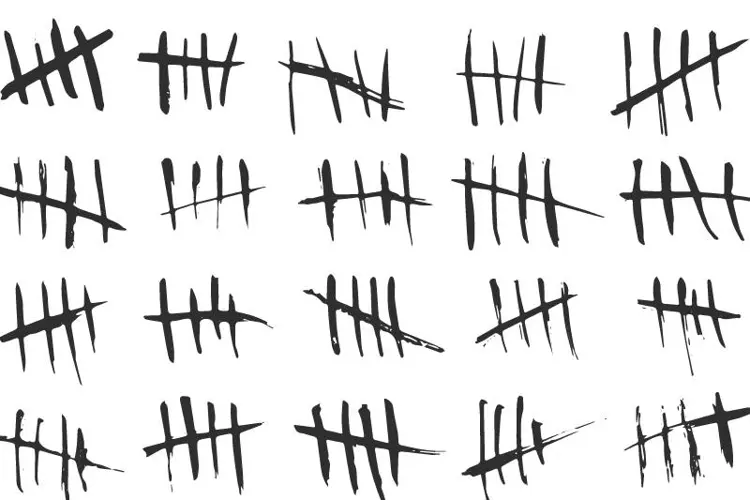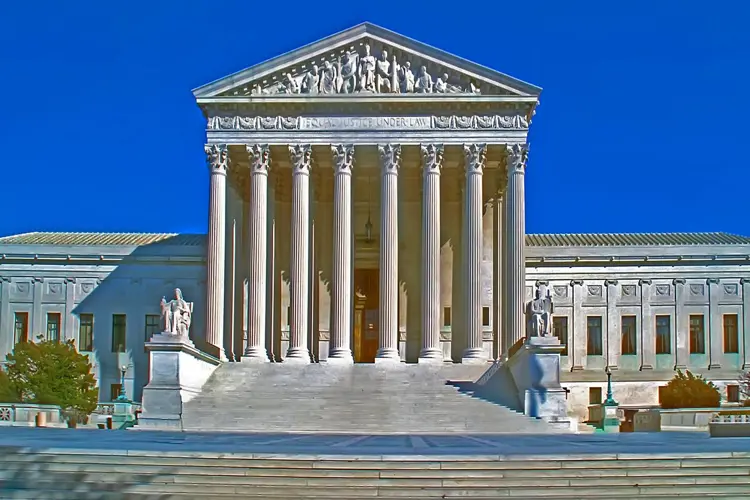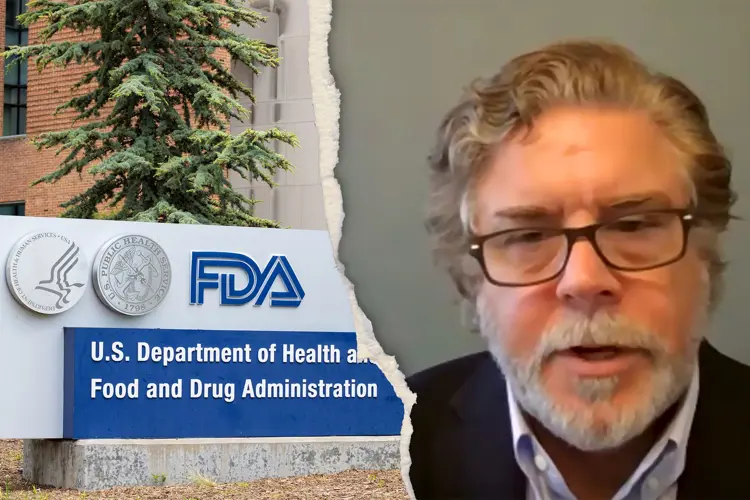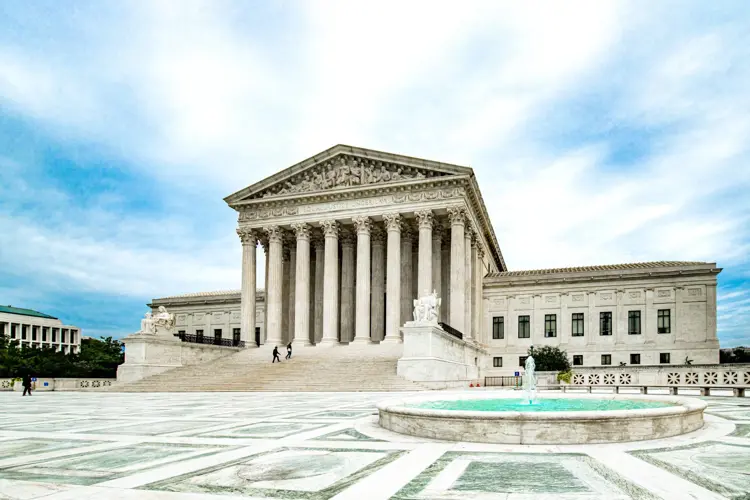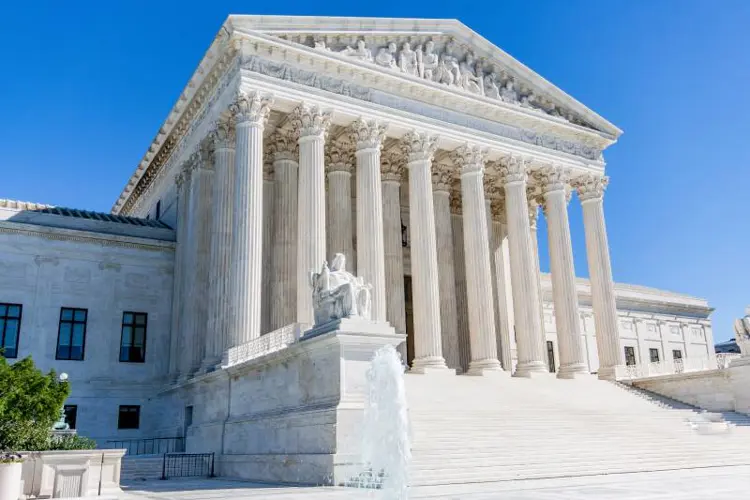When the FDA issued new guidance defining current Deeming Rule enforcement priorities on Jan. 2, it exempted disposable e-cigarettes in flavors other than tobacco and menthol. As we explained at the time, that was intended to allow cigalike products like the NJOY Daily and blu disposables to remain available for sale. The new guidance went into effect on Feb. 6.
However, although the FDA specifically excluded disposables from its prohibition on sales of flavored pod- and cartridge-based vapes, the guidance did not exempt any products introduced after Aug. 8, 2016. Unless manufacturers have an approved Premarket Tobacco Application (PMTA) in hand first, they are not legally able to introduce new products to the market. That applies to pods, mods, atomizers, e-liquids—and newly popular disposable e-cigs like the Puff Bar.
If you’re a reader of respected publications like the New York Times or Washington Post, or a listener to NPR, you’re forgiven for not knowing that. Because those news outlets—and many others—have run stories recently claiming that newly marketed pod-shaped disposables like Puff Bars were deliberately excluded from enforcement by the FDA.
“Also exempted are disposable e-cigarettes, including a brand called Puff Bar that comes in flavors such as strawberry, cool mint and mango and is becoming increasingly popular among young people, according to public health groups,” wrote the Post’s Laurie McGinley.
Never does the reporter acknowledge that any vaping product introduced after Aug. 8, 2016 is still subject to immediate enforcement.
The “public health groups” in question are actually tobacco control advocacy groups, led by the Campaign for Tobacco-Free Kids. Post reporter McGinley, and many others, seem to have taken claims by Tobacco-Free Kids’ Matthew Myers and other tobacco control sources at face value, not verifying the purported “loophole” with the FDA.
Sheila Kaplan of the New York Times spoke with FDA Center for Tobacco Products director Mitch Zeller, but either didn’t ask him specifically about Puff Bars, or Zeller didn’t proactively explain the agency’s position on legal and illegal disposables—or his response was left out of the article, which is unlikely. Kaplan too claimed there is a “loophole” exempting Puff Bars and similar products from enforcement.
“Some of the most popular new products, such as Puff Bar,” says NPR’s Allison Aubrey, “come in an array of appealing flavors — similar to what Juul used to sell, says Myers of the Campaign for Tobacco-Free Kids.”
“These flavors cut the harshness of the tobacco,” Aubrey notes later, repeating an oft-used and inaccurate tobacco control trope. She also cites Stanford anti-vaping activist Bonnie Halpern-Felsher’s claim that one Puff Bar “has about 300 puffs and can contain about as much nicotine as two or three packs of cigarettes.” So one Puff Bar equals three JUULs—even though the nicotine strength is the same and it only provides 50 percent more draws?
If there is no legitimate problem to complain about, tobacco control leaders are happy to manufacture one.
Never does the reporter acknowledge that any vaping product introduced after Aug. 8, 2016 is still subject to immediate enforcement. The FDA doesn’t need to issue specific guidance to remove a product the manufacturer can’t prove was available before the 2016 date. Indeed, that’s exactly what the agency did last October, when it removed unregistered post-2016 products made by JUUL copycat Eonsmoke.
In addition to Myers and Halpern-Felsher, Aubrey quotes Meredith Berkman of Parents Against Vaping e-cigarettes (PAVe). The exact same array of anti-vaping activists appears with nearly identical quotes in other reporters’ stories. Clearly a package of “expertise” was offered to the publications by Tobacco-Free Kids. Or they received a canned story from the Myers-led group and wrote around it.
Both PAVe and their “scientific adviser” Halpern-Felsher are affiliated with Tobacco-Free Kids, which is currently madly spending a $160 million grant from Michael Bloomberg, Democratic presidential candidate and the largest American donor to tobacco control initiatives. The Bloomberg money is earmarked for promoting a ban on all flavored vaping products.
None of the reporters in question sought an opinion from a pro-vaping expert. Neither did CNN’s Michael Nedelman, who also spoke to the same three experts. NBC’s Erika Edwards got the same quotes from the same group too.
“The new policy does not solve the problem," Matthew Myers told Edwards. "Millions of flavored products will remain available." An anti-vaping zealot's work is never done!
There will always be an excuse for anti-tobacco zealots to howl in faux outrage, because if a problem doesn’t exist, they’ll just make one up.
Associated Press reporter Matthew Perrone skipped Myers and PAVe’s Berkman in his story, and instead consulted PAVe founder Dorian Fuhrman’s 16-year-old son Philip. The boy, who has already testified before a House subcommittee and the New York City Council, is now apparently seen as a reliable expert by reporters.
The Maryland state comptroller was so incensed by the “loophole” allowing products “bearing names such as Strawberry Hard Candy, Pineapple Lemonade, Mango Bomb, Berry Gelato, Lush Ice and O.M.G.” that he unilaterally banned the disposable products. His office issued a blistering press release that featured a University of Maryland Law School professor, who noted that the FDA guidance “left a gaping hole for disposable flavored vape products,” and thanked the state official for “closing that gap.” That gap that doesn’t exist.
If there is no legitimate problem to complain about, tobacco control leaders are happy to manufacture one. Such is the case with the “disposable loophole.” Vaping advocates can explain till they’re blue in the face that there is no loophole because the products are already illegal, but that doesn’t matter. Because Matthew Myers and his army of angry moms and eager-to-please politicians always need a fresh issue—a new complaint to rouse interest, a tobacco evil of the week.
There will always be an excuse for anti-tobacco zealots to howl in faux outrage, because if a problem doesn’t exist, they’ll just make one up. And reporters at the most powerful and influential news outlets in the country just swallow it whole and spit it back out on the pages we read.
The Freemax REXA PRO and REXA SMART are highly advanced pod vapes, offering seemingly endless features, beautiful touchscreens, and new DUOMAX pods.
The OXVA XLIM Pro 2 DNA is powered by a custom-made Evolv DNA chipset, offering a Replay function and dry hit protection. Read our review to find out more.
The SKE Bar is a 2 mL replaceable pod vape with a 500 mAh battery, a 1.2-ohm mesh coil, and 35 flavors to choose from in 2% nicotine.
Because of declining cigarette sales, state governments in the U.S. and countries around the world are looking to vapor products as a new source of tax revenue.
The legal age to buy e-cigarettes and other vaping products varies around the world. The United States recently changed the legal minimum sales age to 21.
A list of vaping product flavor bans and online sales bans in the United States, and sales and possession bans in other countries.







